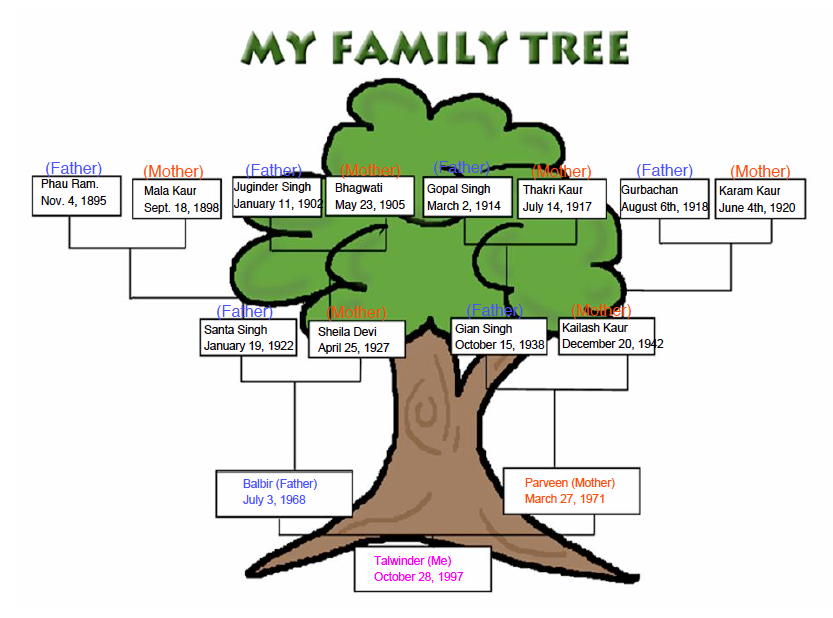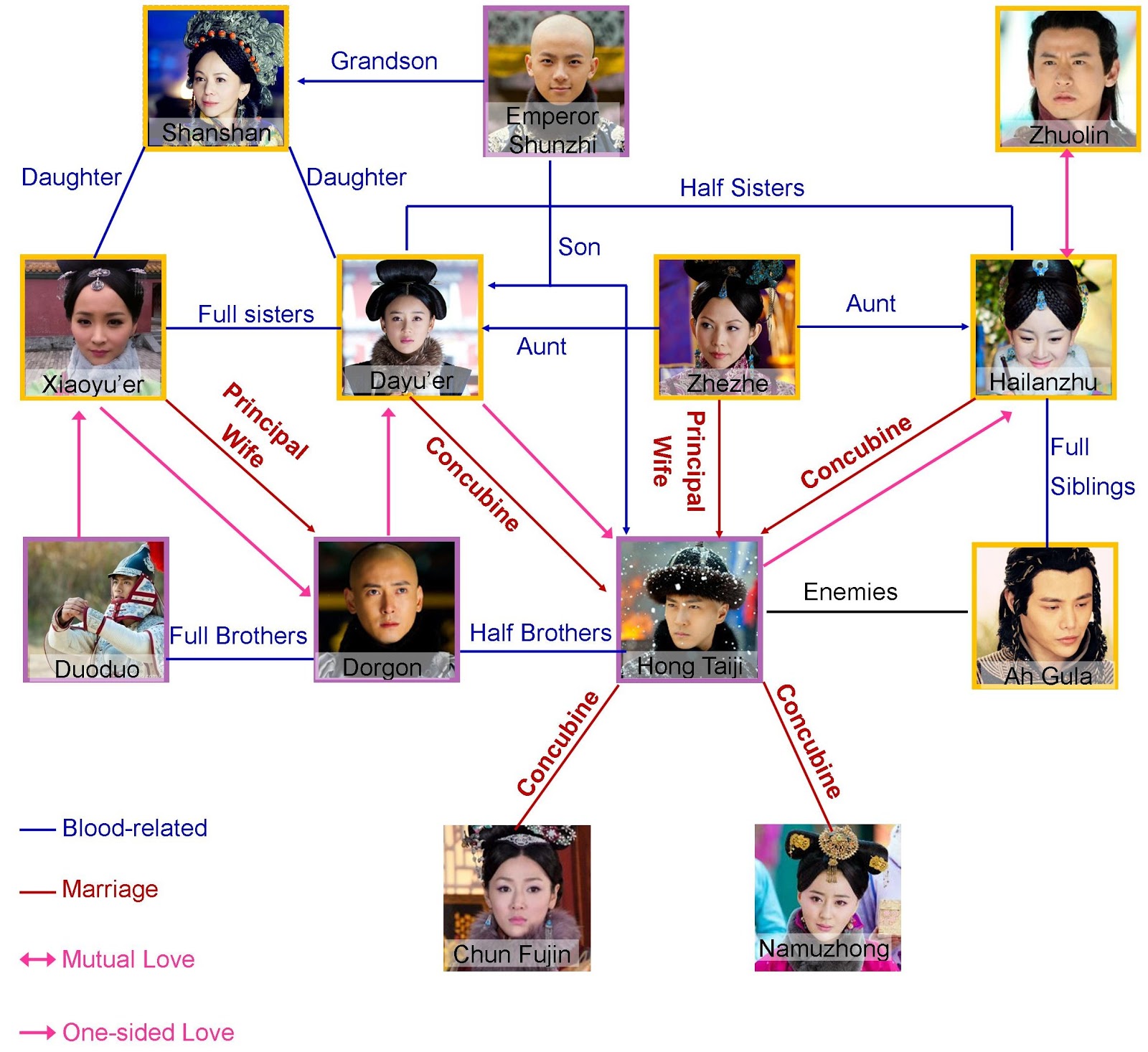

Genetic relatedness only dropped off in the following decades.īased on those results, the authors suggest that cultural changes, not transportation changes, made people stop marrying their cousins, although they aren’t ready to speculate about what those cultural factors may be. But while the rise of railroad travel in the early 1800s increased that distance for people born between 18, married couples were actually more related during that time period. Theories in evolutionary studies suggest that the farther apart spouses are born, the lower their genetic relationship will be.

Between 16, married couples were, on average, fourth cousins. First, they compared the distances between the birthplaces of married couples to the familial relationship of that couple across multiple generations. The team then selected questions around longevity and family dispersal to test the utility of their family tree, Erlich says. This indicates to the team that their data reflected the population at large, at least for that state. About a thousand of the people with profiles in the dataset overlapped with the Vermont records, and that chunk included the same traits as those from the entire state. To check that it wasn’t only people of a certain socioeconomic class uploading their information, the team compared their data to death certificates from the state of Vermont. It also allowed for a wider range of data sources than past projects: “Most usually use church records from a particular location,” Erlich says. It’s time-consuming and difficult to build comprehensive genealogies by hand, Erlich says, which is why the crowd-sourced information was so valuable. Once they’d winnowed down the sample to valid data, they ended up with 5.3 million trees, the largest of which was the 13-million-person set. The team started with 86 million profiles and pruned out obvious improbabilities-people that seemed to have three biological parents, for example, or whose information said that their parent was also their child.

“It’s impressive, what they’ve done.” Growing the Family TreeĮrlich and his team built their family tree using information pulled from the genealogy website (Erlich is now the chief science officer at MyHeritage, the parent company of ).

Still, Sebastiani applauds the team’s efforts at validating and analyzing the complex data. “In terms of science, you need to have really clean data to make really good, reliable scientific discoveries,” she says. Any conclusions drawn from one should be approached cautiously, says Paola Sebastiani, professor of biostatistics at the Boston University School of Public Health. And in general, ensuring the accuracy of such a large dataset-especially one collected from independent individuals-is a challenge. “We were inventing the wheel as we went.” (Find out how DNA is reshaping how we see ourselves and our history.)Īs it stands now, the profiles are geographically limited, with 85 percent coming from North America and Europe. “Genomic datasets have specific tools, data structures, methods, but we didn’t have any of that for this,” Erlich says. Working with the data was difficult, because the team couldn’t draw on any pre-existing methods. And in doing so, it is solving the riddle of who we are and how we're all related. Where did your ancestors come from? What's your genetic lineage? The Genographic Project is answering these questions and more.


 0 kommentar(er)
0 kommentar(er)
